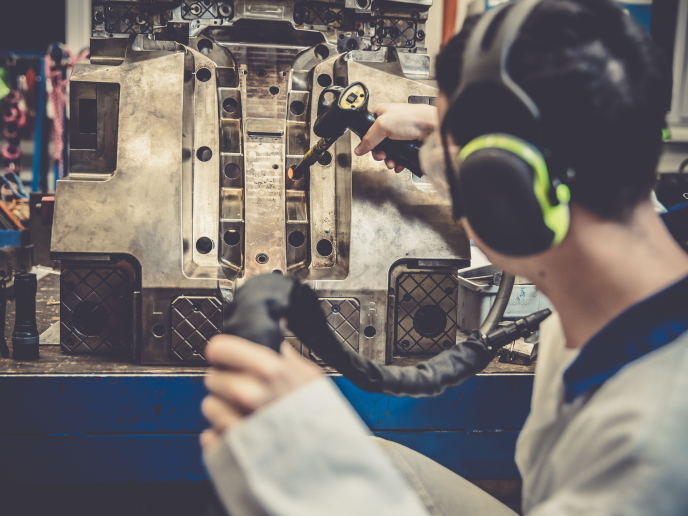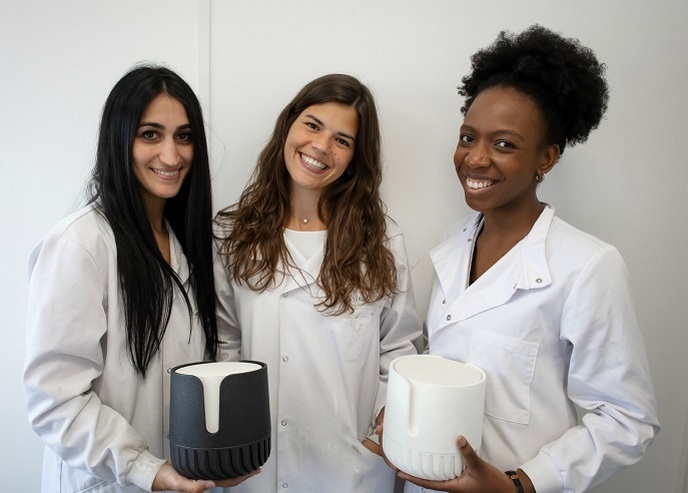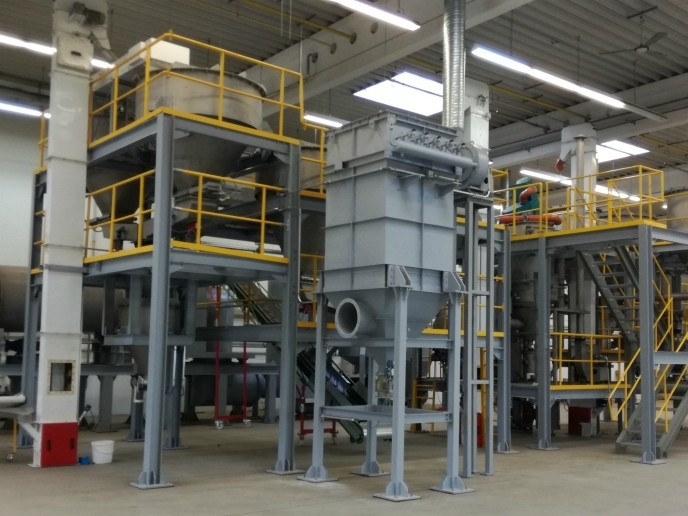Automated moulding to shape the future of industry
Moulds are indispensable to the fabrication of plastic parts. These can range from microlenses of less than a millimetre to full-sized body panels for cars. “For each component, a mould needs to be designed and built,” explains AUTOMOLD project coordinator Thomas Auzinger, a postdoctoral researcher at the Institute of Science and Technology, Austria. “This mould is then used in an injection moulding machine, to manufacture copies of the part.” Mould design is still largely a manual process, and initial costs can sometimes present an insurmountable expense. This is especially true when only a small batch of items is being manufactured. Introducing greater automation into mould design could significantly help to reduce this cost barrier.
Positive industry interest
The AUTOMOLD project was launched to bring automated mould design closer to commercialisation. The project builds on previous EU-funded work, which established the foundations for this technology. “One of our main research areas at IST Austria is how novel computer algorithms can aid in the design of functional objects, from nanostructures to the glass in skyscrapers,” says the project’s technical lead Ruslan Guseinov. “We soon realised that such automated design methods could also be applied to manufacturing itself.” With an initial grant from the European Research Council, the team decided to see whether modern algorithmic methods could aid and improve injection moulding tool production. New algorithmic techniques for automated mould design were developed. The results were then published in leading academic journals and presented at conferences for advances in visual computing. Furthermore, these methods were successfully patented. “Due to positive feedback from industrial contacts, we then began looking into the practical applications of our research results,” adds Auzinger. “This led to the most recent EU-funded project.” In the MATERIALIZABLE project, Auzinger and Guseinov successfully developed an industrial prototype based on automated mould design. At the same time, the first steps towards commercialising this method were taken. “The needs of the market are paramount in successfully commercialising research results,” says Auzinger. “This is why we performed extensive market studies, and contacted a wide range of companies along the injection moulding value chain.”
Automated technology for all
Auzinger and Guseinov see great potential in automating mould design. The technology promises to reduce the expense of high-skilled labour, speed up the design process, and deliver cost-effective online moulding tools. Potential customers include companies in the field of mould-based manufacturing. However, Auzinger and Guseinov are also interested in providing professional industrial manufacturing to a wider audience. Reducing the cost and knowledge barrier associated with injection moulding could benefit start-ups and enthusiasts, by helping them to realise their designs in a realistic and scalable way. “We are currently developing industrially relevant use cases for different types of injection moulds,” notes Guseinov. “This will be the basis for further marketing efforts. With positive feedback from our industrial partners, we see ourselves on track to bringing our solution to market in the coming year.” The AUTOMOLD team is now developing the first industrial applications with industrial partners, and a spin-off company will be established in the coming months.
Keywords
AUTOMOLD, plastic, moulding, algorithms, industrial, automated, injection







